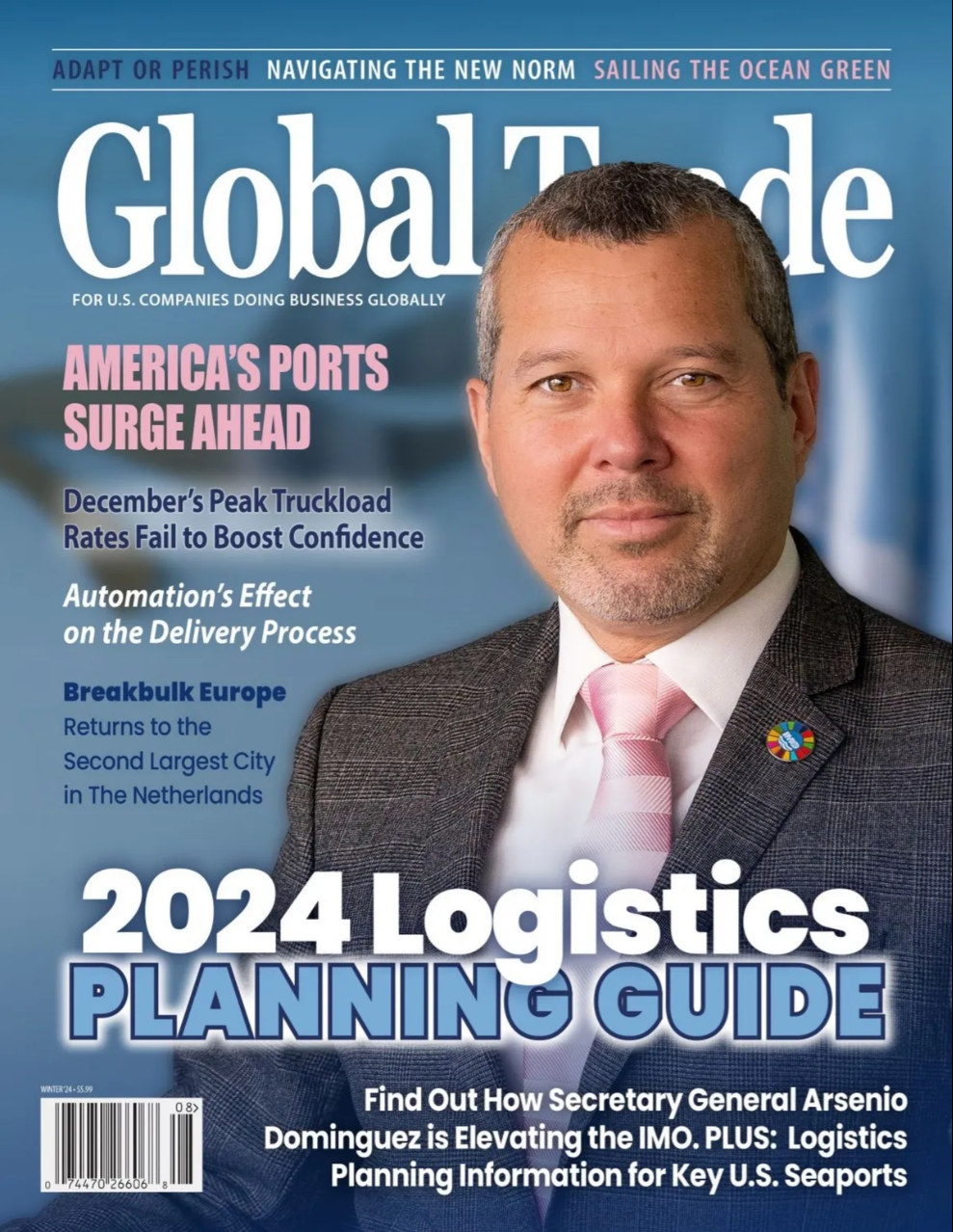Buffalo, New York-based American Steamship Co. (AMS) has placed the first order for Wärtsilä Voyage’s SmartMove Suite that takes “the concept of automated dock-to-dock operations to the next level.” This news recently made an appearance in our latest Dispatches edition along with other up-and-coming innovations in transportation, including GM’s recent unveiling of the Cadillac-branded eVTOL at CES.
Fully retrofittable, the SmartMove Suite can soup-up existing vessels with next-generation capabilities to improve safety, efficiency, and productivity on the water, according to Wärtsilä Voyage, a Singapore-based subsidiary of Finland’s Wärtsilä. Rand-ASC Holdings LLC is the parent company of AMS, which installed the Wärtsilä SmartMove Suite on its MV American Courage, a self-unloading bulk freighter plying the Great Lakes with a cargo-carrying capacity of 24,300 gross tons.
“This is the largest ship ever capable of performing automated docking and dock-to-dock sailing operations,” according to Wärtsilä Voyage, which notes the technology will come in handy on “the winding, often narrowing Cuyahoga River in Ohio,” which “can be heavily congested, making it by far the most challenging of shipping routes for any vessel using automated sailing and docking technology.”



